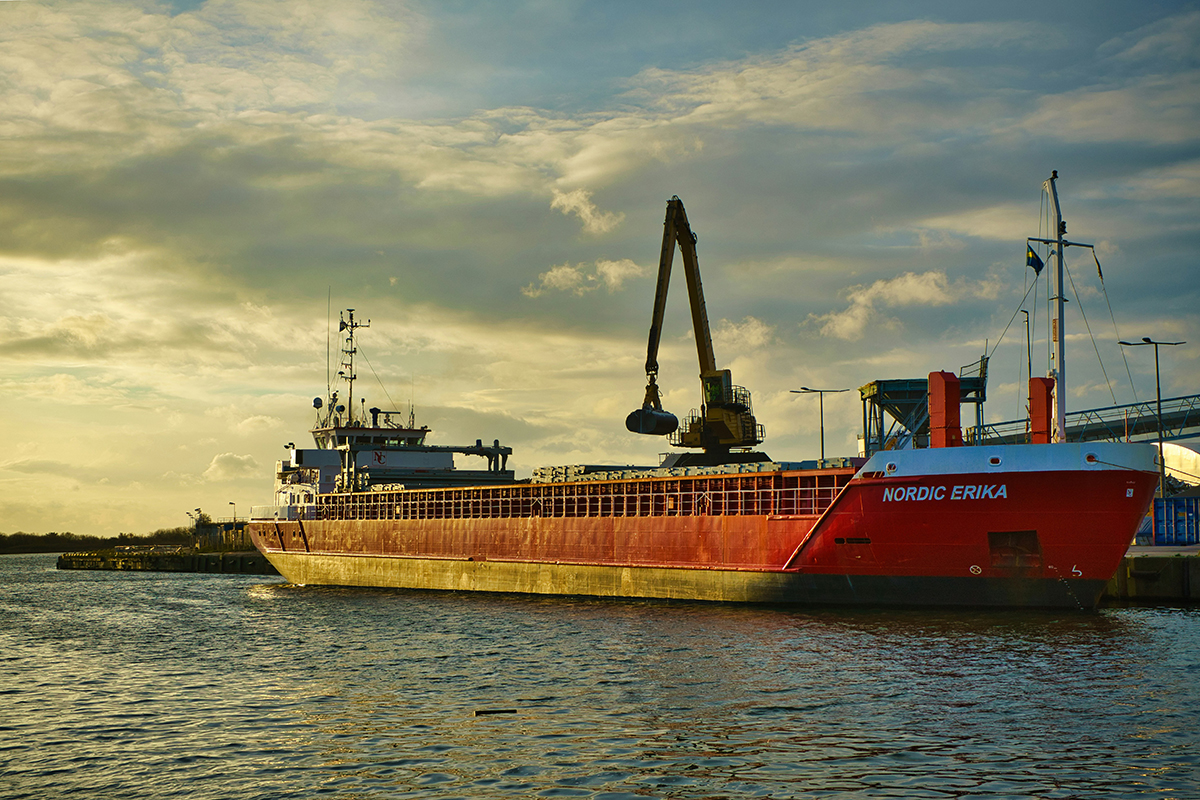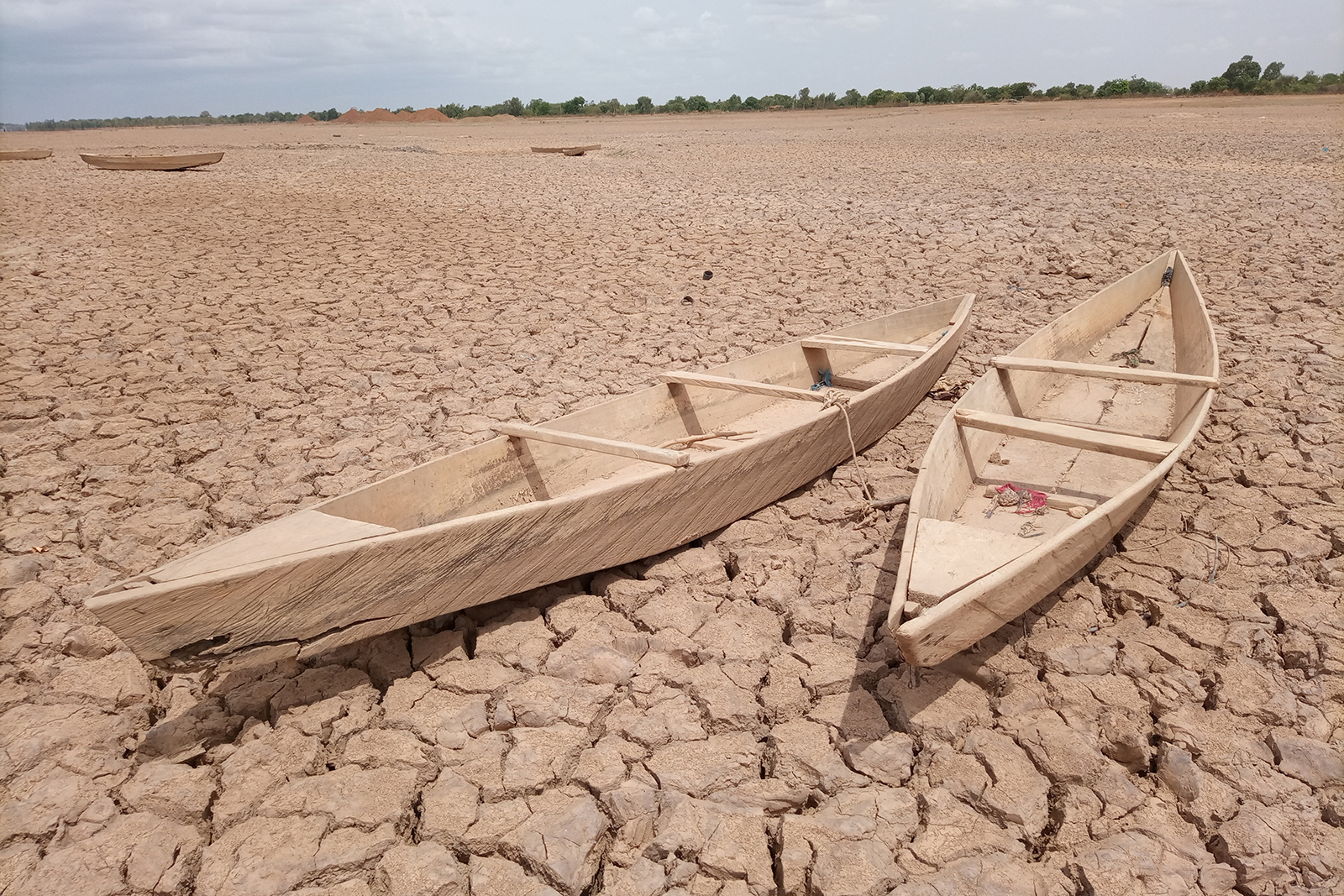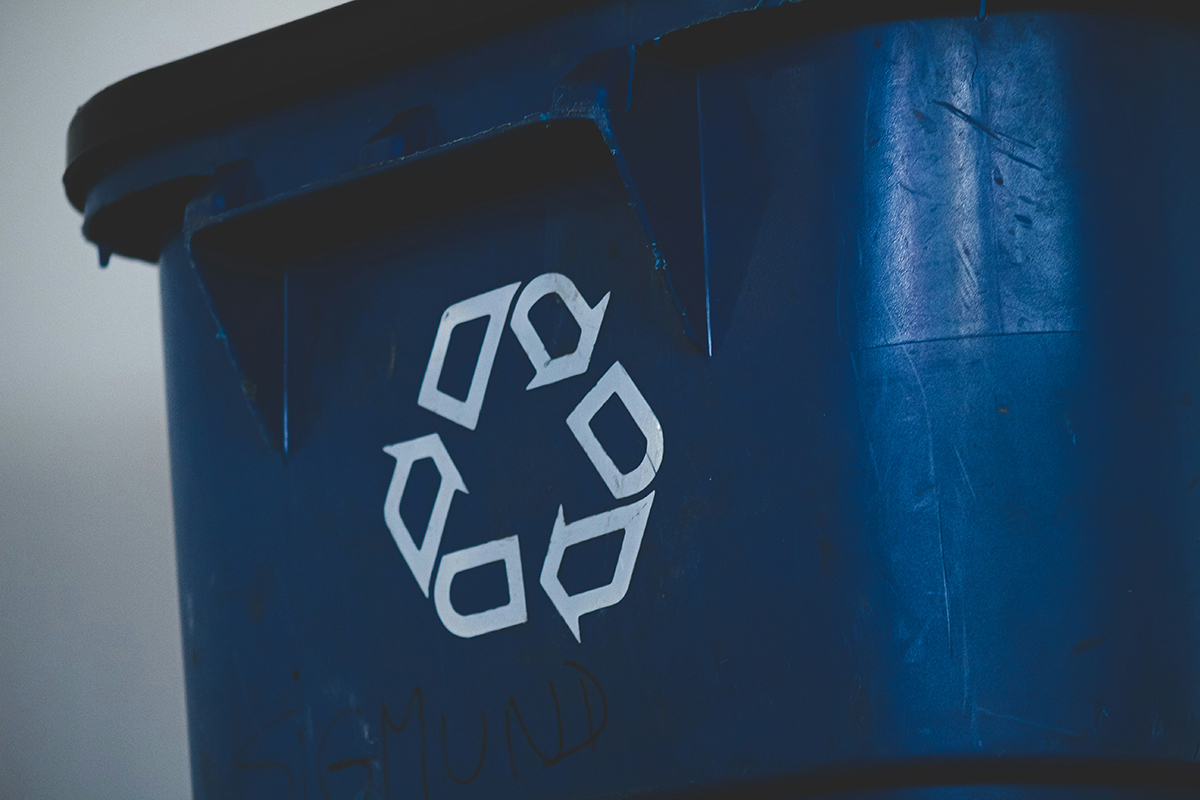Value chain
What is the textile service industry’s value chain?
A value chain is used to describe the entire chain of actors involved in delivering a final product or service. In the textile service industry, the chain begins with the production of raw materials used to make textiles. It could be a cotton field, an oil platform or a forestry – depending on the materials in your textiles.
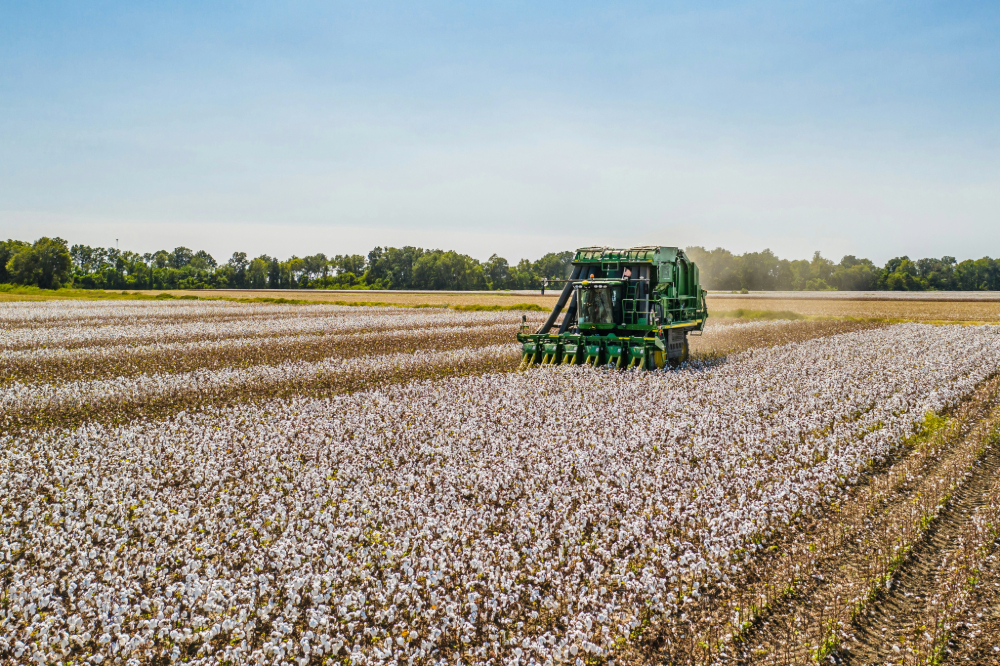
Photo by Karl Wiggers on Unsplash
The materials must then be transported to factories, using energy and chemicals to become textiles. This often takes place in several stages, with intermediate transports, before the textiles finally reach the laundry. The laundry also uses chemicals and products that are also produced from raw materials in different parts of the world.
These processes create jobs and tax revenue, but in all parts of this chain there are also risks of negative environmental impact or that one of all the people who work in cotton fields, factories and in the transport sector will get hurt.
How can the textile service industry reduce the risk of negative impact on the value chain?
By gaining knowledge of all the links in the business’s value chain, risks can be identified and action plans drawn up to minimize them. It can e.g. be choosing suppliers in countries that have clear laws and regulations regarding the working environment and reduced environmental impact, or making site visits to ensure that production in factories takes place in a way that is compatible with international agreements on workers’ rights.
An important part is to create clear requirements for suppliers in how they should work to reduce negative environmental impact and ensure that all workers have a good working environment and pay.
Increased circularity can also be a way to reduce risks in the supply chain by requiring fewer raw materials to be supplied.
Case: Controlling the supply chain
Textiles are often manufactured far away from Scandinavia. Having control over what happens in all factories and all intermediate stages is very difficult. One way to deal with this is to cooperate with companies that specialize in checking that suppliers live up to the customers’ requirements.
Amfori BSCI (Business Social Compliance Initiative) is one such organization. Their code of conduct deals with the working environment, zero tolerance against child and forced labour, reasonable working hours and wages, the right to organize a trade union, but also environmental protection and business ethics (e.g. anti-corruption).
Every year, BSCI ensures that several site visits are carried out at, among other things, textile producers based on their code of conduct. The suppliers are graded between A to E. As a customer, you can decide that your suppliers must reach at least a certain level on this scale.
Read more here.

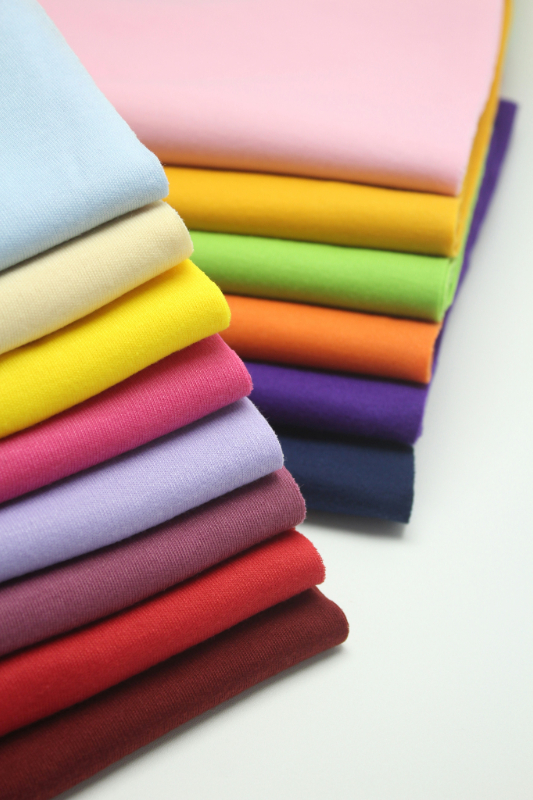
Photo by Moonstarious Project on Unsplash
Case: Certified supply chain
One way to handle control of the value chain is to request suppliers who are certified according to SA8000.
SA8000 shows that the supplier has a third-party certified systematic work to ensure good working conditions.
Some examples of requirements for certified companies are:
- Prohibition of child labor (under 15 years in most cases) where certified companies must set aside funds for the education of children who may lose their jobs as a result of the certification.
- Workers should not be forced to hand over their identity documents or pay “deposits” as a condition of employment.
- A maximum of 48 hours of work per week, with at least one day off per week and a cap of 12 hours of overtime per week which is compensated with a premium.
- Wages must meet all legal minimum standards and provide an income sufficient to cover basic needs, with at least some leisure income.
Quiz – What have we learned about the Value Chain?
What is the textile service industry's value chain?
